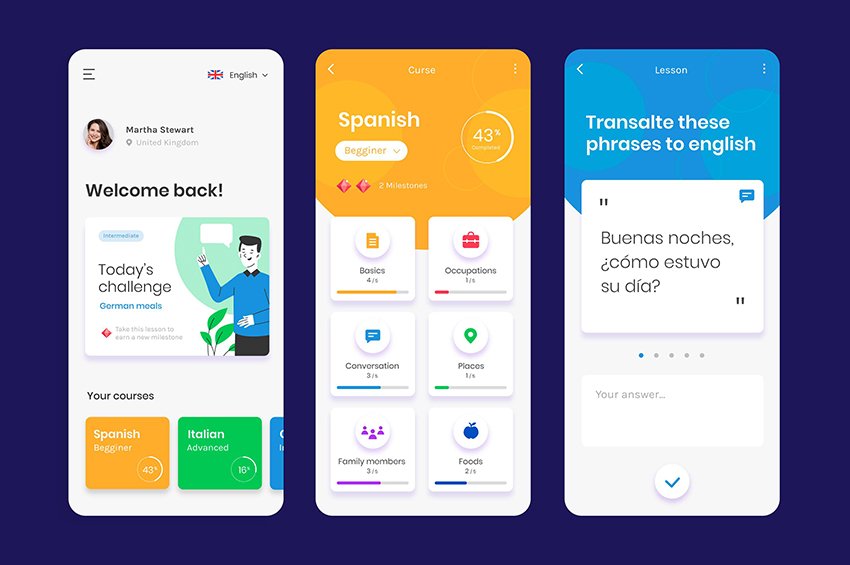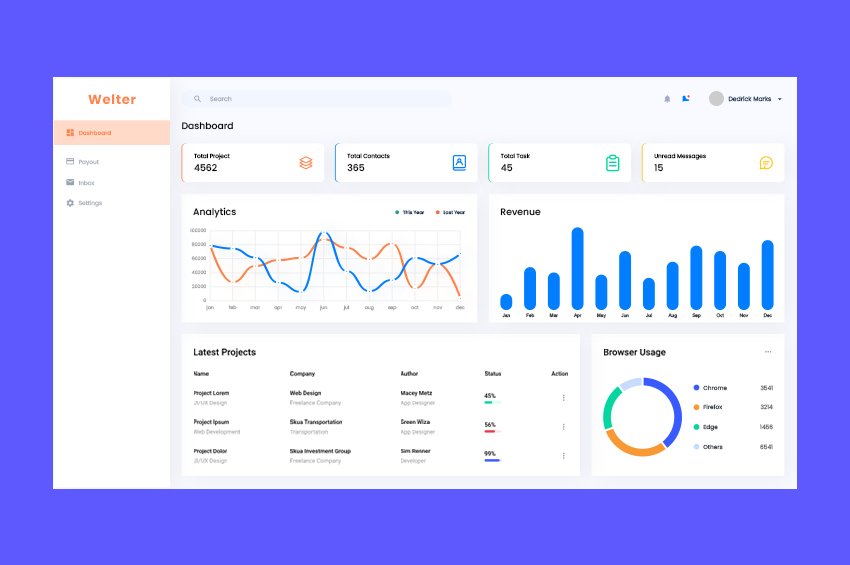No products in the cart.
ISO Ilustration
Project Details
Conducting a review of an ISO illustration project involves evaluating the clarity, accuracy, design quality, and alignment with ISO standards. Here’s a structured approach for reviewing your ISO illustration project:
ISO Illustration Project Review
1. Objective Assessment
- Project Goals: What were the primary objectives of the ISO illustrations? (e.g., enhancing understanding of ISO standards, providing visual aids for training)
- Target Audience: Are the illustrations tailored to the needs and knowledge level of the target audience (e.g., professionals, trainees)?
2. Design Quality
- Visual Appeal: Are the illustrations visually appealing and professional? Do they use appropriate colors and styles that align with ISO branding?
- Layout: Is the layout organized and easy to follow? Are elements placed in a logical order that enhances comprehension?
- Consistency: Are the illustrations consistent in style, color palette, and design elements throughout the project?
3. Content Clarity
- Accuracy: Do the illustrations accurately represent the ISO standards they are intended to depict? Are all details correct and up-to-date?
- Simplicity: Are complex concepts simplified without losing essential information? Are the illustrations easy to understand at a glance?
- Labeling: Are elements clearly labeled? Is there sufficient explanatory text where necessary to enhance understanding?
4. Technical Execution
- Quality of Graphics: Are the graphics high-resolution and free from artifacts or distortions? Do they maintain quality across different formats?
- File Formats: Are the illustrations available in appropriate formats for various uses (e.g., print, digital)?
- Accessibility: Are the illustrations designed with accessibility in mind (e.g., color contrast, alt text for digital formats)?
5. Functionality and Usability
- Interactivity: If applicable, do the illustrations incorporate interactive elements? Do these enhance user engagement?
- Integration: Can the illustrations be easily integrated into presentations, training materials, or publications?
6. Compliance with ISO Standards
- Adherence to Guidelines: Do the illustrations comply with ISO guidelines for visual representation? Are they aligned with the specific ISO standards they illustrate?
- Reference Accuracy: Are references to ISO standards and documents accurate and appropriately cited?
7. Feedback and Collaboration
- Stakeholder Input: Were stakeholders involved in the review process? Did their feedback influence the final product?
- Iterative Design: Was there an iterative design process in place? Were revisions made based on feedback from experts in the field?
8. Future Improvements
- Areas for Refinement: Identify specific areas where improvements could be made (e.g., enhancing clarity, adding more illustrations for complex standards).
- Expansion Opportunities: Are there opportunities to create additional illustrations for other ISO standards or related topics?
Recommendations
- User Testing: Conduct user testing sessions with the target audience to gather insights on clarity and usability.
- Regular Updates: Plan for regular reviews and updates to ensure the illustrations remain relevant and accurate as ISO standards evolve.
- Feedback Mechanism: Establish a mechanism for users to provide feedback on the illustrations and suggest improvements.
Conclusion
A successful ISO illustration project should effectively communicate complex standards, enhance understanding, and serve its intended purpose. By assessing these components, you can identify strengths and areas for improvement, ensuring the illustrations are effective and compliant.
If you have specific elements of the project you’d like to discuss further or need assistance with, feel free to ask!














